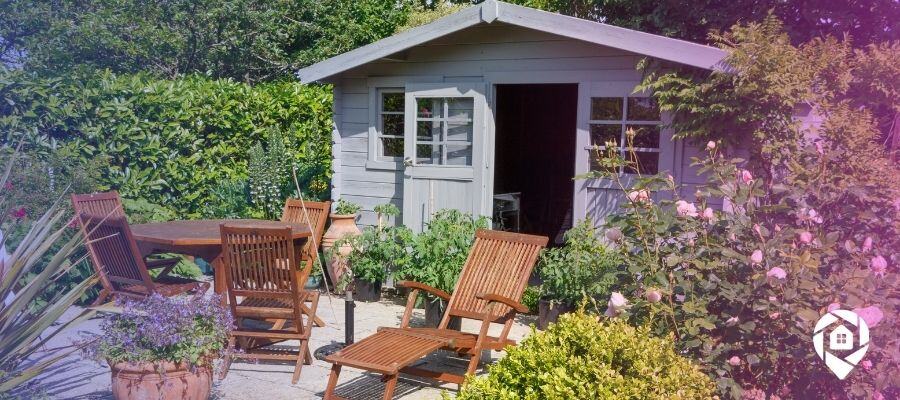
How to Calculate ARV in Real Estate for Smart Investing

If you want to make smart real estate investments, you need to know a property’s After Repair Value (ARV). ARV tells you how much a home will be worth after renovations, helping you decide if a deal is worth it.
Whether you’re flipping houses, wholesaling, or buying to resell, getting the ARV right can make the difference between a big profit and a bad investment. But how do you figure it out?
In this guide, we’ll break down the six key factors that will help you calculate ARV accurately—so you can make confident, profitable real estate decisions.
What is ARV, and Why Does It Matter?
The After Repair Value (ARV) is the estimated price a property could sell for after repairs and upgrades. It’s a key figure that helps investors predict profit margins and decide whether a deal is worth pursuing. Investors calculate ARV by analyzing comps—short for comparable properties—recently sold in the area. These sales provide a benchmark for what buyers are willing to pay.
For real estate professionals, accurately calculating ARV is non-negotiable. It informs purchase decisions and forecasts the financial viability of renovation projects.
6 Key Factors for an Accurate ARV Calculation
Here’s a breakdown of the six critical factors to consider when determining the ARV of a property:
1. Look at Recent Sales (Comps)
The best way to estimate ARV is by reviewing recently sold properties that closely match your investment property. The most reliable comps are homes sold in the last 30-90 days. If there aren’t enough, you can extend the search to 180 days, but anything older may not reflect the current market.
Priority Order for Comps:
- Sold within the last 30 days
- Sold between 31 to 90 days ago
- Sold between 91 to 180 days ago
Properties sold over six months ago are typically not considered due to shifts in market trends and buyer behavior.
2. Stay Within the Same Neighborhood
Property values can change drastically between neighborhoods—even just across a street! Always pull comps from the same subdivision or area to get the most accurate ARV. School districts, local taxes, and nearby amenities can all affect property values.
Determining Neighborhood Boundaries:
- Use geographical markers such as rivers, canals, or highways.
- Utilize maps to ensure comps fall within the same neighborhood grid.
Properties outside these geographical boundaries, even if closer to the subject location, may not provide accurate ARV figures due to differing market dynamics.
3. Compare Similar Square Footage
For accurate comparisons, look at properties that are within 10% of the square footage of your target property. If the property is under 1,500 square feet, stick to comps that are within 100-150 square feet of its size.
For properties under 1,500 square feet, deviations should be even smaller, typically within 100 square feet for properties above 1,000 square feet.
4. Match Key Home Features
Bedrooms and bathrooms significantly impact a home’s value. Ideally, comps should have the same number of bedrooms and a similar bathroom count.
If your target property has one bathroom, try not to compare it to a two-bathroom home unless renovations will add another bath. Adding bathrooms adds value, but the increase varies—going from one to two bathrooms is a major upgrade while going from two to three is less impactful.
5. Compare Homes Built in the Same Era
A home’s age matters. Properties built in the same decade usually have similar construction materials, layouts, and styles. Try to use comps from the same decade, or at least within 12 years of your property’s construction date.
Homes built before 1950 may allow a wider comparison range, as construction techniques were less standardized back then.
6. Check Days on Market (DOM)
The Days on Market (DOM) metric tells you how long a home was listed before selling. Shorter times indicate a hot market, while longer DOM suggests overpriced listings or weak demand.
Ideal DOM benchmarks:
- Under 30 days: Hot market
- 30-60 days: Normal market
- 60-90 days: Slower market
- 90+ days: Potentially overpriced property or weak demand
Final Thoughts: Master ARV, Maximize Profit
Getting the ARV right is one of the most important skills in real estate investing. By using the six key factors—recent sales, neighborhood, size, features, age, and market time—you’ll have a clear, accurate estimate of what a property is worth after repairs.
With this knowledge, you can spot great deals, avoid costly mistakes, and maximize your profits. Whether you’re flipping houses, working in wholesaling, or buying to resell, understanding ARV will give you the edge you need in today’s market.
So don’t guess—use these proven strategies and start making smarter real estate investments today!

About Maria Tresvalles
Maria Tresvalles is the dynamic Marketing Specialist at DealMachine, where she has been a key player for the past five years. With a strong background in customer relations, Maria started her journey at DealMachine as a Customer Success Coordinator, where she honed her skills in understanding customer needs and driving satisfaction.


